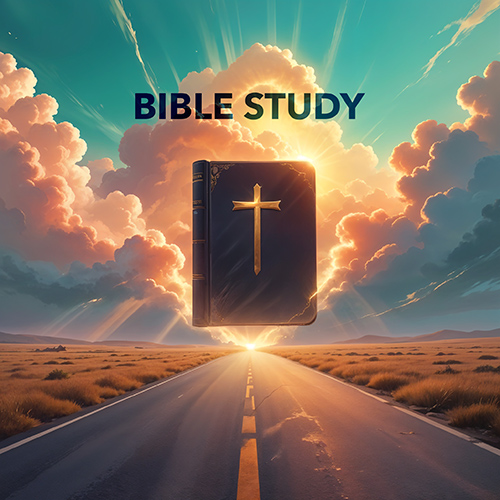Several verses in the Book of Revelation describe Christ as a Lamb:
• Revelation 6:16:
“They said to the mountains and the rocks, ‘Fall on us and hide us from the face of Him who sits on the throne and from the wrath of the Lamb.’”
• Revelation 7:10:
“And they cried out with a loud voice, saying, ‘Salvation belongs to our God who sits on the throne, and to the Lamb!’”
• Revelation 7:17:
“For the Lamb who is in the midst of the throne will shepherd them and lead them to living fountains of waters.”
• Revelation 22:3:
“The throne of God and of the Lamb shall be in it, and His servants shall serve Him.”
The Objection:
Some object by saying: “Is it appropriate to liken God to a lamb?”
The Response:
This is a symbolic comparison, representing the redemptive work of Christ. It is not an equation between the symbol and the One symbolized. Just as a lamb is offered as a pure and spotless sacrifice, Christ offered Himself as a sacrifice for the redemption of all humanity, also without blemish, for “He knew no sin” (2 Corinthians 5:21).
Of course, symbolic comparisons are not about full equivalence. When we say “the soldier was like a lion,” we do not mean he is beastly or wild, but rather brave and strong. The wise reader understands the intended point of resemblance and ignores what is irrelevant.
Similarly, the Bible compares the redemptive act of Christ to a lamb whose blood was shed as atonement for the people:
“In Him we have redemption through His blood, the forgiveness of sins” (Colossians 1:14).
The prophet Isaiah had foretold this, saying:
“He was wounded for our transgressions, crushed for our iniquities; the punishment that brought us peace was upon Him, and by His wounds we are healed. All we like sheep have gone astray… and the Lord has laid on Him the iniquity of us all. He was oppressed and afflicted, yet He did not open His mouth; like a lamb led to the slaughter, and like a sheep silent before its shearers, He did not open His mouth.” (Isaiah 53:5–7)
This was also reflected in Jewish practice, where the people offered a sacrificial lamb as atonement for their sins — often without fully understanding the deep symbolism. Even today, some religions continue offering sacrifices without recognizing the meaning behind the act.
If the sacrifice is the symbol, then the atonement of the Messiah, who gave Himself as a spotless Lamb, is the reality that fulfills the mystery and unveils the meaning behind the symbol. The Law prefigured Him, and when He came — the One without blemish — the connection between the two Testaments became clear, as their source is one, and their center is the person of Jesus Christ, to whom be all glory:
“Jesus Christ, the faithful witness, the firstborn from the dead, and the ruler over the kings of the earth — to Him who loved us and washed us from our sins in His own blood.” (Revelation 1:5)
Christ likened Himself to the lamb, because He is our sacrifice — whose blood saves us from death and destruction.
John the Baptist testified to this when he saw Jesus walking by the Jordan River and said:
“Behold! The Lamb of God who takes away the sin of the world!” (John 1:29)
Thus, Christ is our Lamb who became the sin offering on our behalf — to take what is ours (sin and death) and give us what is His (life), so that we may live through Him.
That is why God likened Himself to the slaughtered Lamb (Revelation 5:13), to show that He is the eternal burnt offering, bearing our sins and making atonement with His blood by dying in our place.
The Mosaic Law required that the daily burnt offering — which Christ fulfilled — be a male lamb without blemish, to be offered as a sweet-smelling aroma to the Lord (Leviticus 8:18–21). In the same way, “Christ loved us and gave Himself up for us as a fragrant offering and sacrifice to God” (Ephesians 5:2).
St. Peter confirms this, saying:
“You were redeemed not with perishable things like silver or gold… but with the precious blood of Christ, like that of a lamb without blemish or defect. He was chosen before the foundation of the world but was revealed in these last times for your sake.” (1 Peter 1:18–20)
So just as Christ likened Himself to a spotless lamb, He also likened Himself to a lion from the tribe of Judah (Revelation 5:5) — symbolizing His kingship and royal authority from the tribe of Judah.












